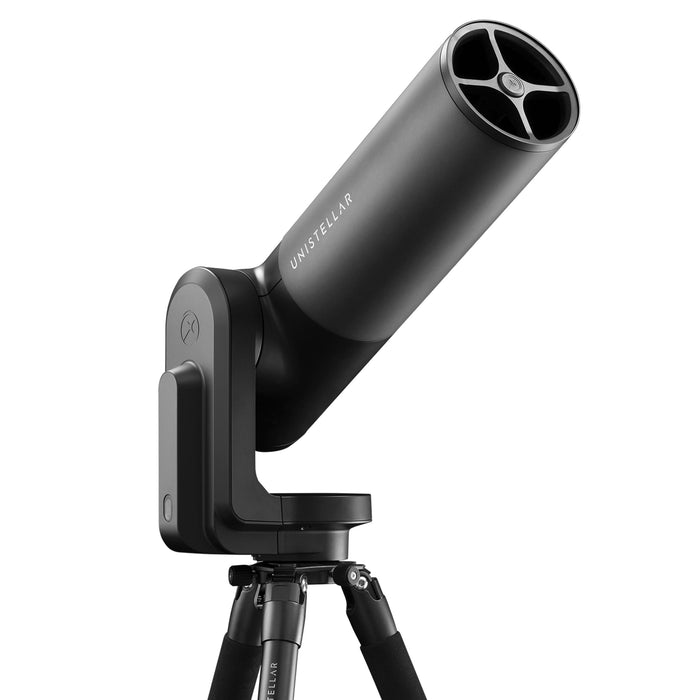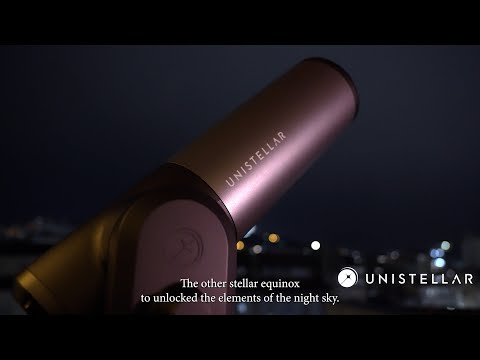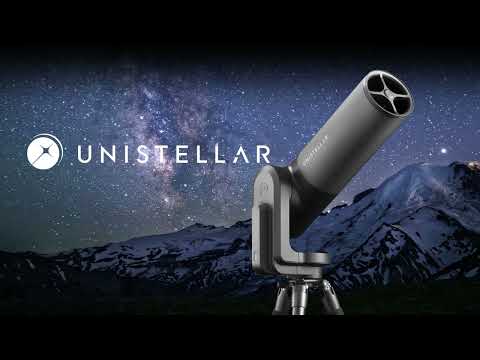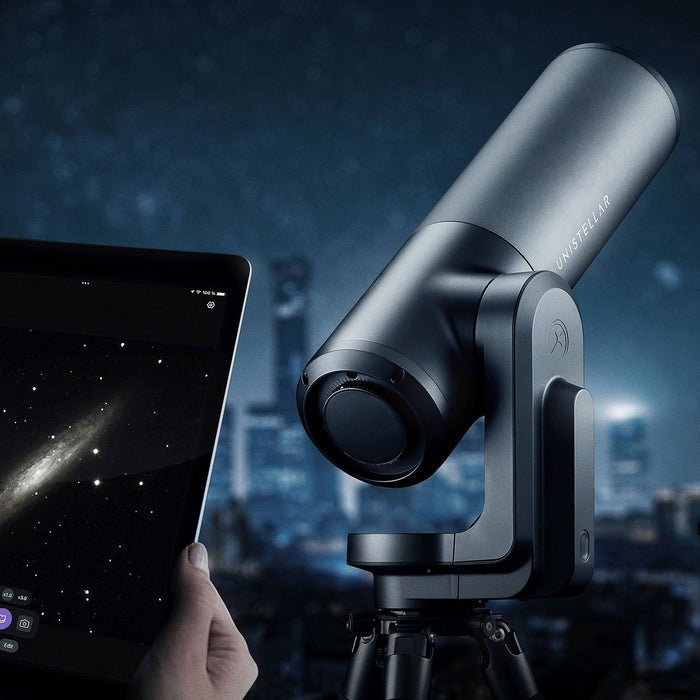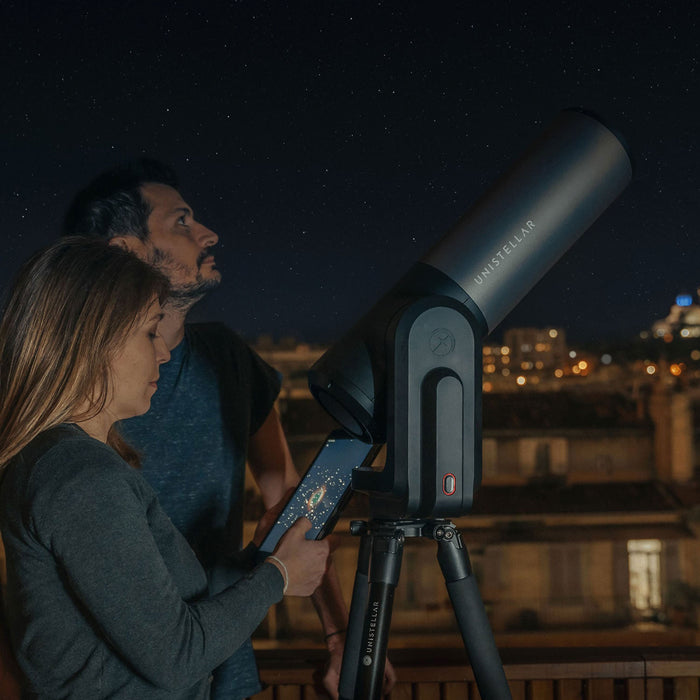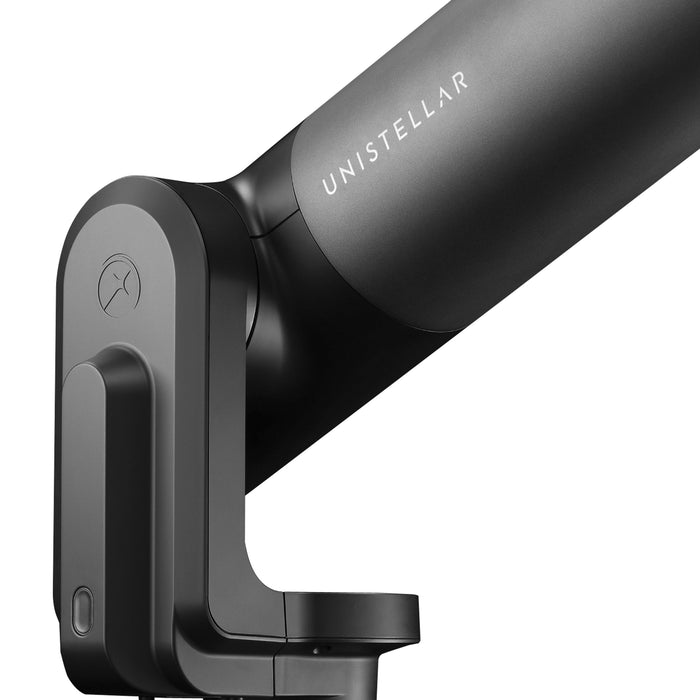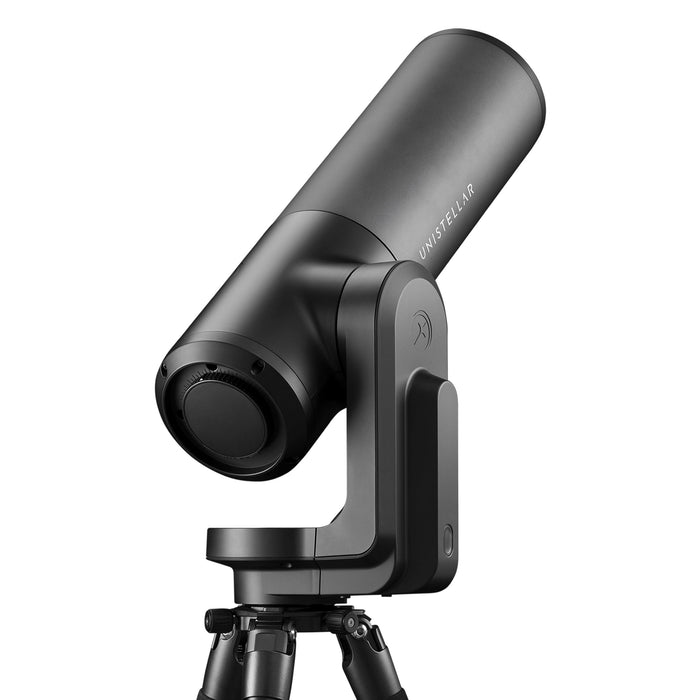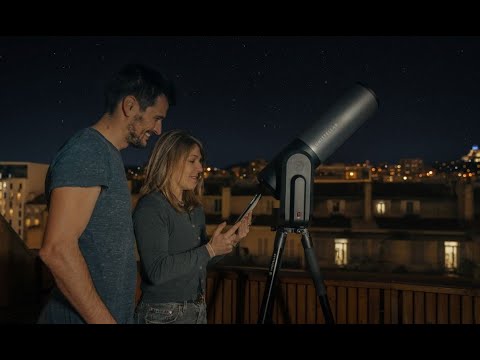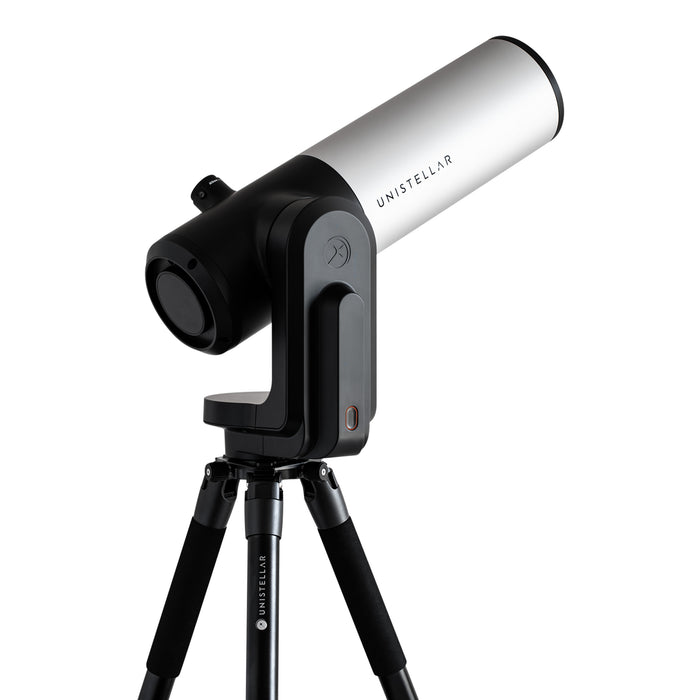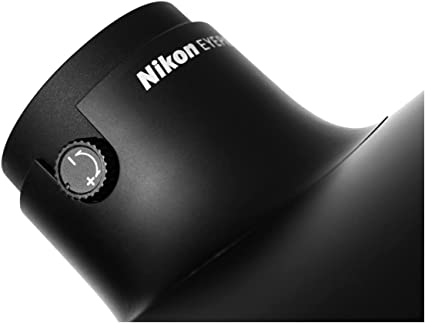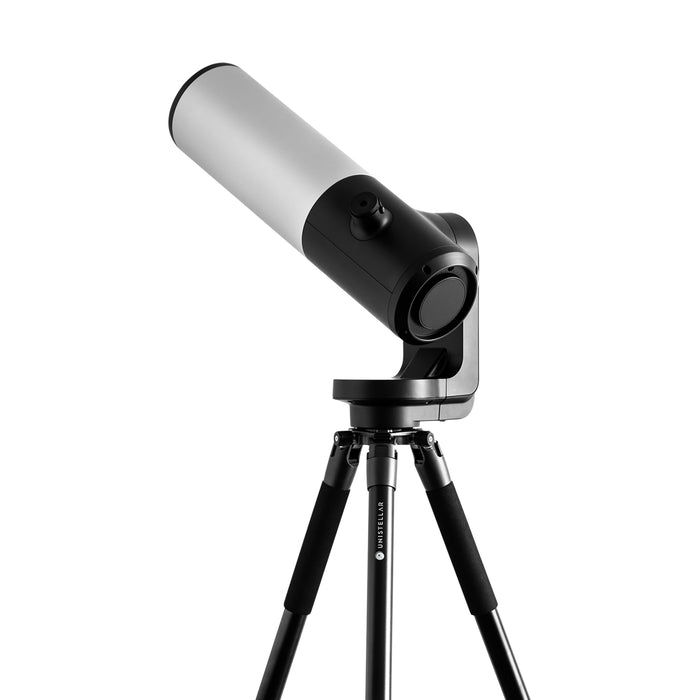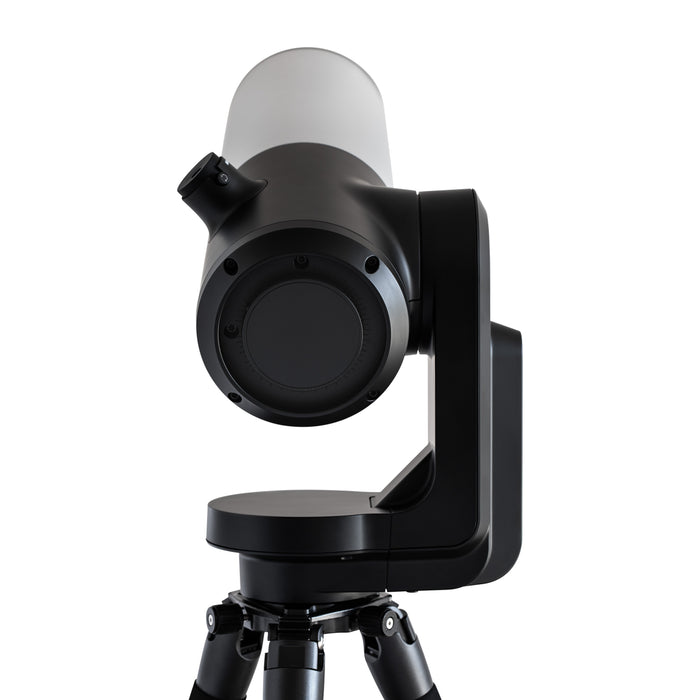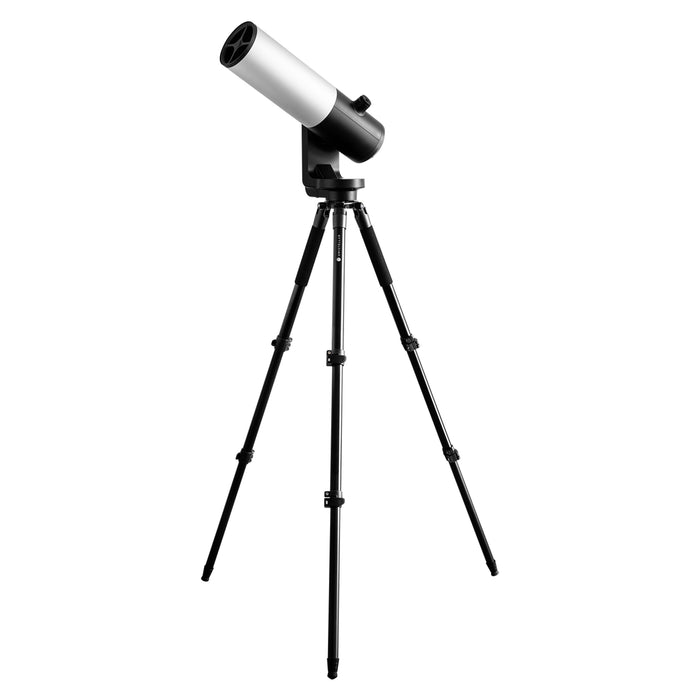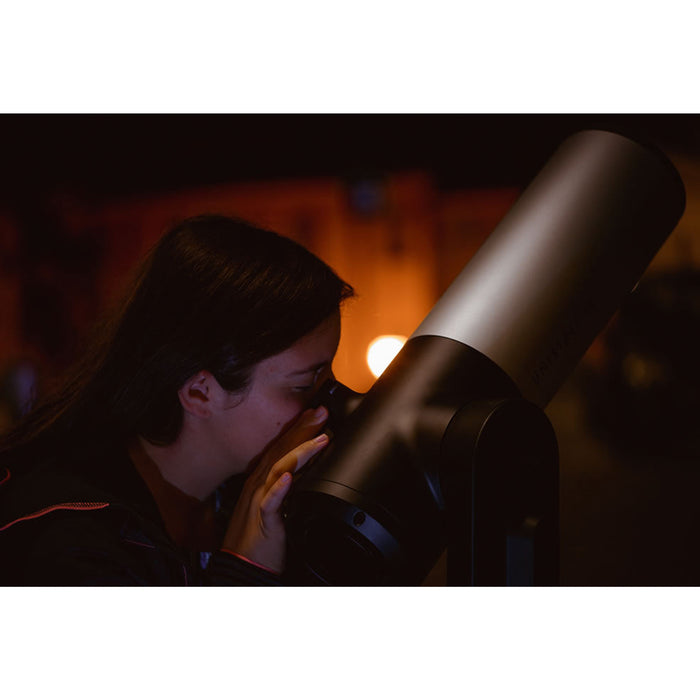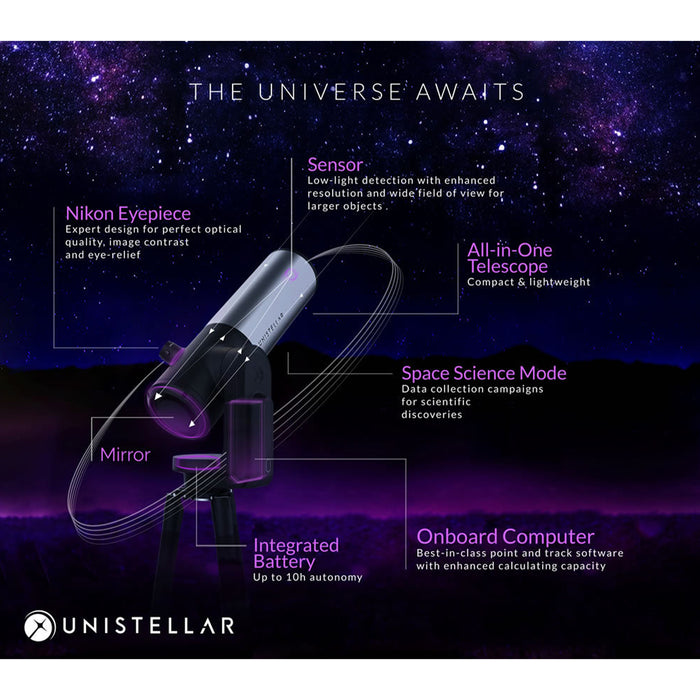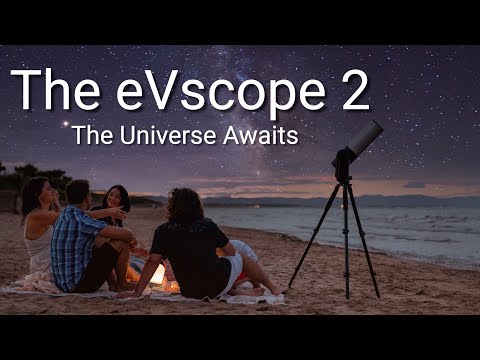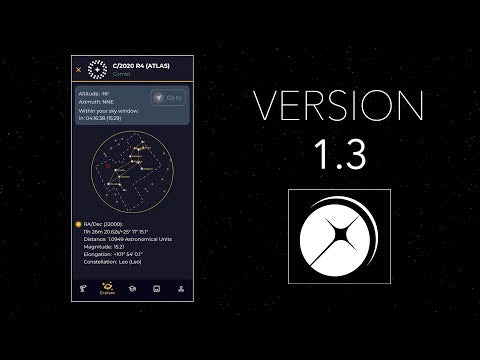Deep Dark Technology is a radical advancement designed by Unistellar to filter noise and light pollution. Integrated into our telescopes, this technology automatically filters out the interference from city lights that would otherwise obscure the light signal from distant celestial objects.
Even in very bright urban areas, Deep Dark Technology instantly transforms the image so that it has a black background as intense as the depths of space, revealing the very faintest celestial objects with impressive clarity. The Lyra nebula reveals its vivid blue and red hues, and the Cigar galaxy, located 11.4 million light-years away, showcases the picturesque shape and details for which it is named.






